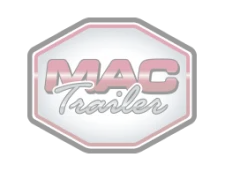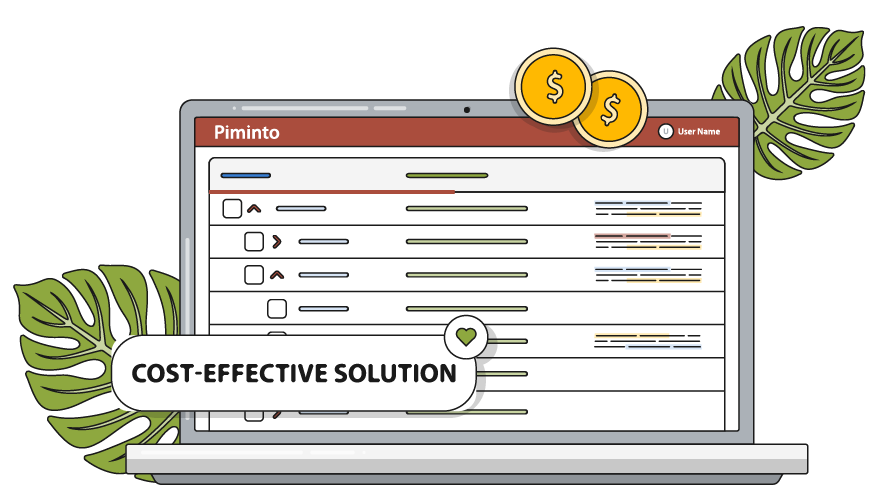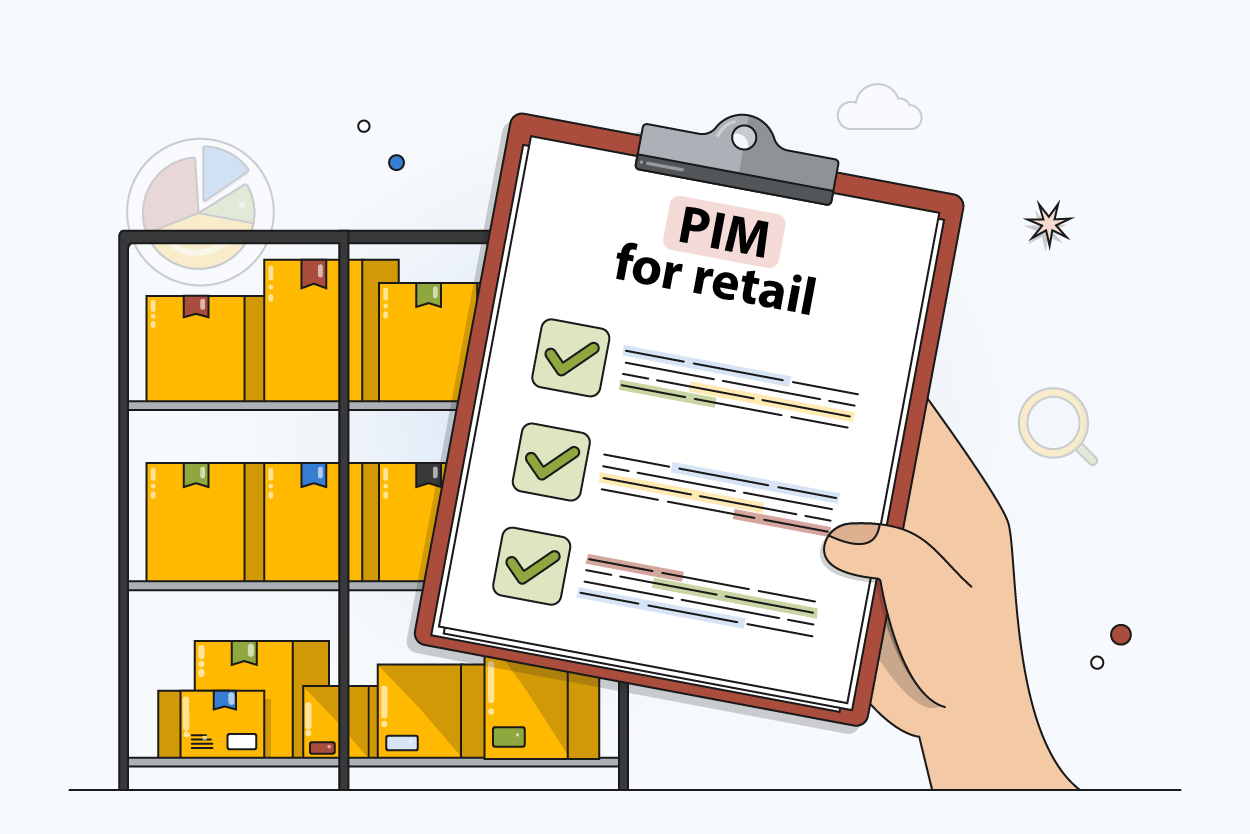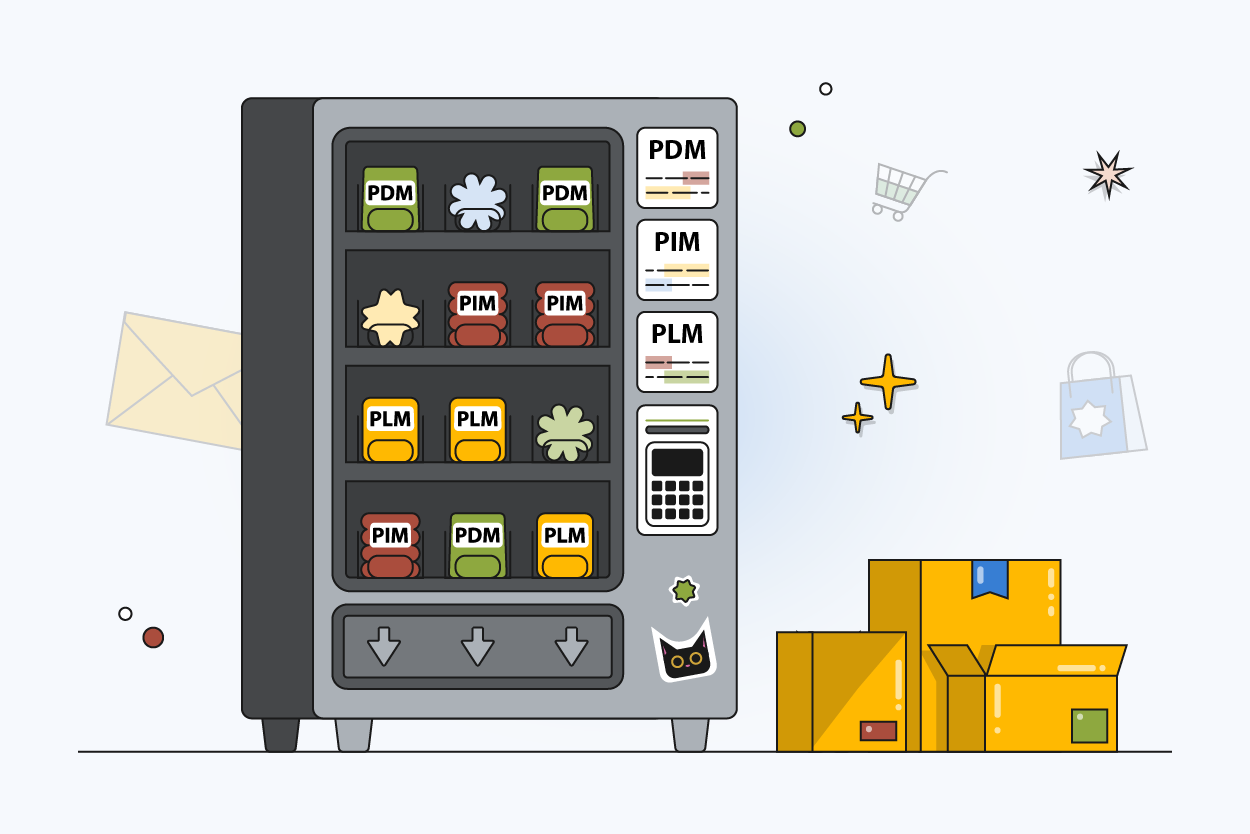Product Information Management &
Digital Asset Solutions
In today's hyper-competitive marketplace, scattered product data isn't just inefficient — it's a silent revenue killer. While your competitors struggle with outdated spreadsheets and disconnected systems, smart businesses are leveraging PIM solutions to turn product information chaos into their ultimate competitive advantage.
What is a PIM System?
A PIM is a product database designed specifically to make managing and editing product data and a product's digital assets easier and faster. Our PIM provides special tools that allow you to make bulk changes, share editing across your team and leverage AI. The goal with a PIM is that with better management tools and automation you and your team can provide better product information, share that information faster, improving the end users buying experience and boosting sales.
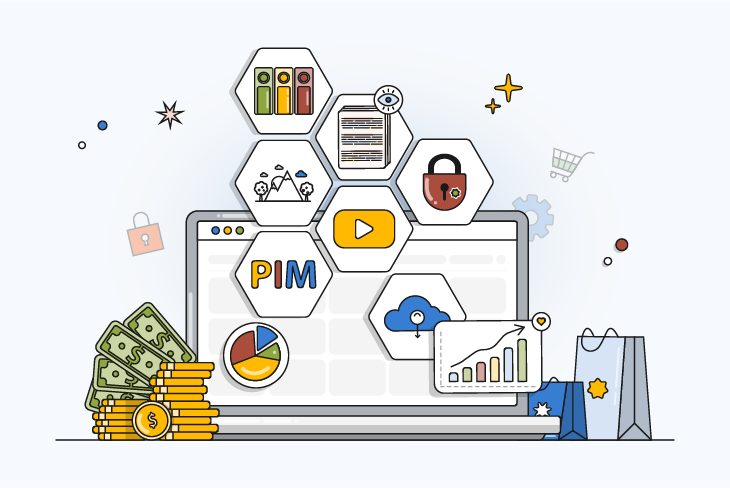
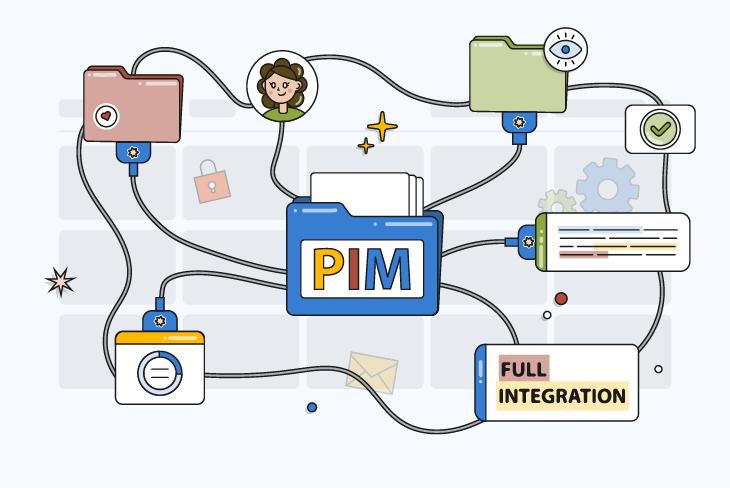
Easily Share with Other Platforms
PIMinto is designed to easily share your product data across sales channels and other platforms. Provide Brand Portals and Product Catalogs directly to your dealers and customers, Schedule automated publishing of your product data directly to Shopify, WooCommerce, Magento and many other platforms. Integrate with Headless eCommerce solutions via the PIMinto API. We never limit your number of outputs.
Take your business to the next level
Experience the full power of our PIM software with complete access to all features. No credit card required, no setup fees, and no commitment. Start managing your product information more efficiently today and see results within the first week.
Our Key Benefits
Below are the key advantages of PIMinto, showcasing how our platform enhances your product information management with speed, control, and ease of use. Discover how these features can save time, increase productivity, and streamline your operations.
Trusted Partner
Systems Online has been a trusted product data and eCommerce catalog solution provider since 1999. We store and provide data for millions of products.
Try for Free
With our PIM you can use it for free. Evaluate the features, performance and time savings to make sure it is right for you.
One-On-One
Out team will provide you with live one-on-one training so you can find out first hand how easy our PIM is to use.
One or Many
PIMinto is designed for teams. Each team member benefits from the ease of use and power of PIMinto while making it easy to share product editing tasks across team members.
Digital Asset Management
Manage all your products digital assets. This includes images, videos, user guides, instruction manuals, product sheets, and more.
Single Source of Truth
Effortlessly ensure that everyone in the organization is working with the same, most up-to-date product information.
Really Fast
PIMinto's user interface and API is faster than other PIM systems. Access your data faster. Discover how our PIM speed saves you time.
Our Key Features
By properly managing your product information with PIMinto, you are able to offer better product data and a better user experience than your competitors. Our PIM reduces the pressure on your team, keeps you organized and guides you in reaching data excellence with tools like AI product enrichment.
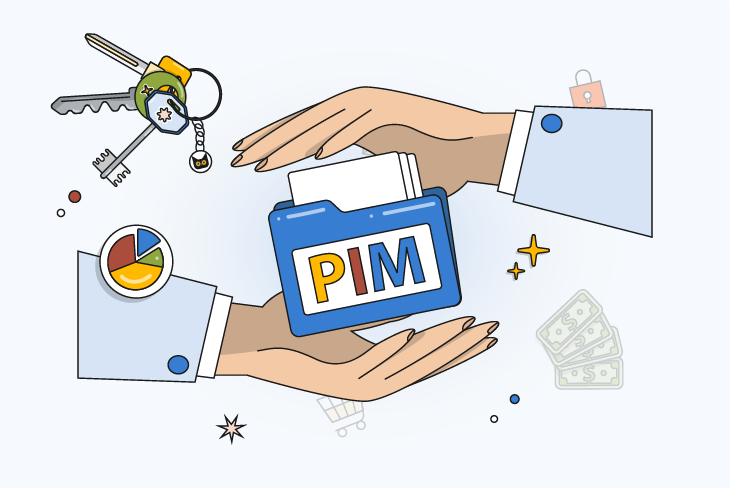
How PIMinto Improves Your Business
Proper product information management tools provide a path for you to achieve data excellence with your product descriptions and SKU data. By enriching the product data and providing a better customer experience you will sell more products and provide your customers with a better buying and product experience that translates into repeat business.
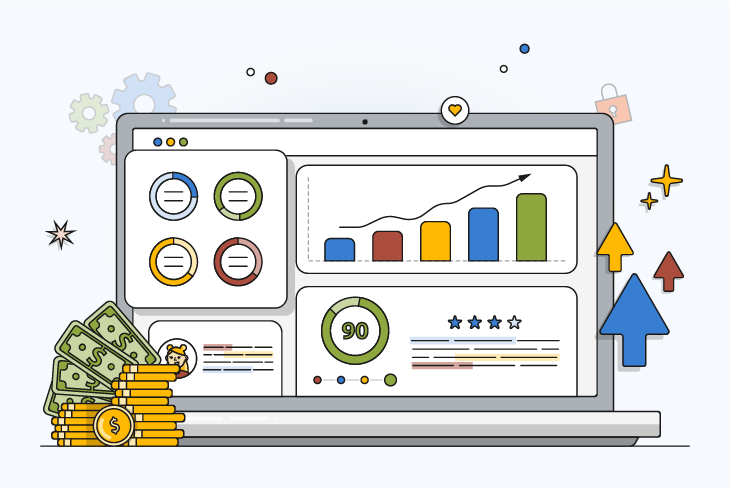
Why Choose Our PIM System?
There are many reasons to choose PIMinto here are a few:
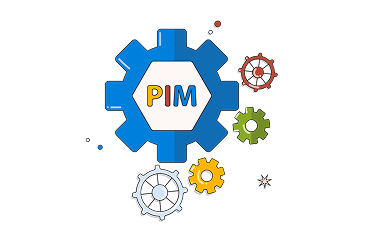
Proven Experience
Our over 20 years of corporate experience in eCommerce since 1999 ensures that you have a partner that knows how to listen to your needs and offer effective solutions. Systems Online facilitates billions of OEM, distributor, dealer and retail sales each year through our products. Chances are high that we have already encountered problems and use cases similar to yours iand already have the tools and expertise to provide real solutions.

Personalized Approach
Real people offering a personalized approach means no robo calls or robo attendants. Speak to real people and obtain real results. While solutions to customer’s needs often require implementing similar tools we do not apply a templte based or cookie cutter approach. Instead we guide you in tailoring our solutions directly to your needs.
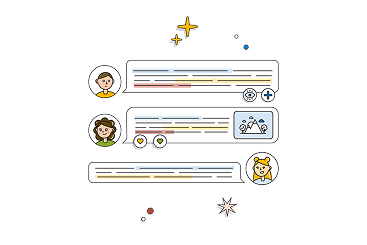
Customer support
Customer support is always available. We help all of our clients by answering questions and providing accurate and up to date information about our services. No irritating chat bots. Talk to a real person. If you have any questions, feel free to contact us.
Our Clients
Thousands of users take advantage of the benefits of Systems Online’s products every day. PIMinto may be the best tool in Systems Online’s tool box for eCommerce partners. Our solutions allow our clients to speed up the time to market and sell with better product data and better results. Find out why companies like Mercury Marine, Vermeer and many others work with us to increase their Product Sales.




